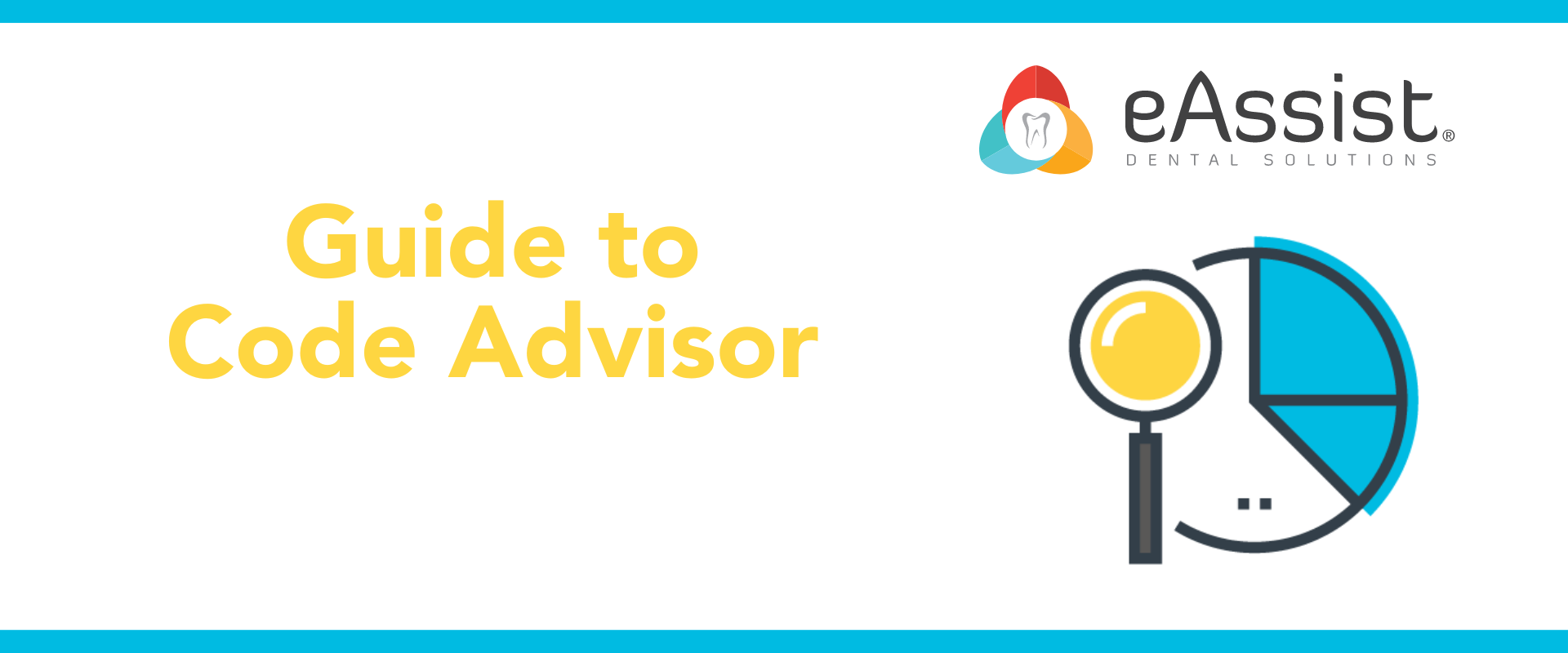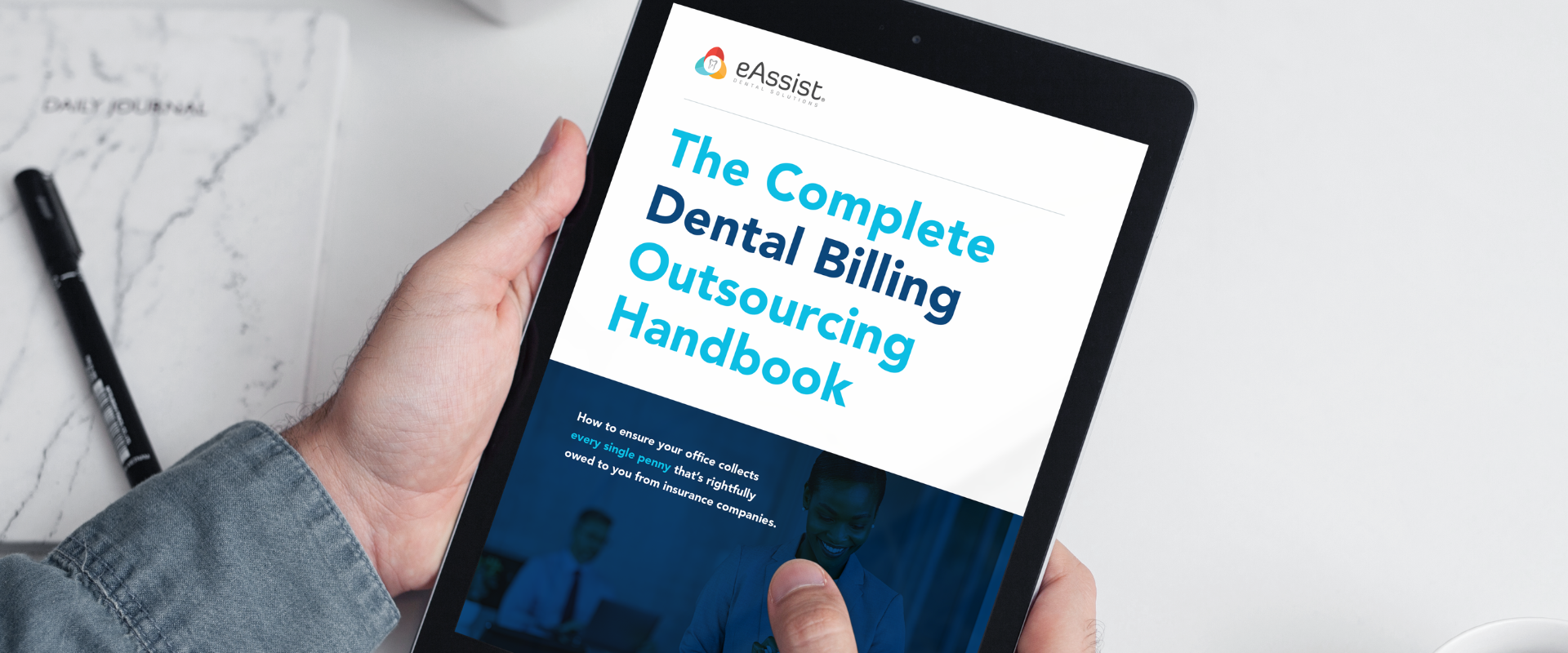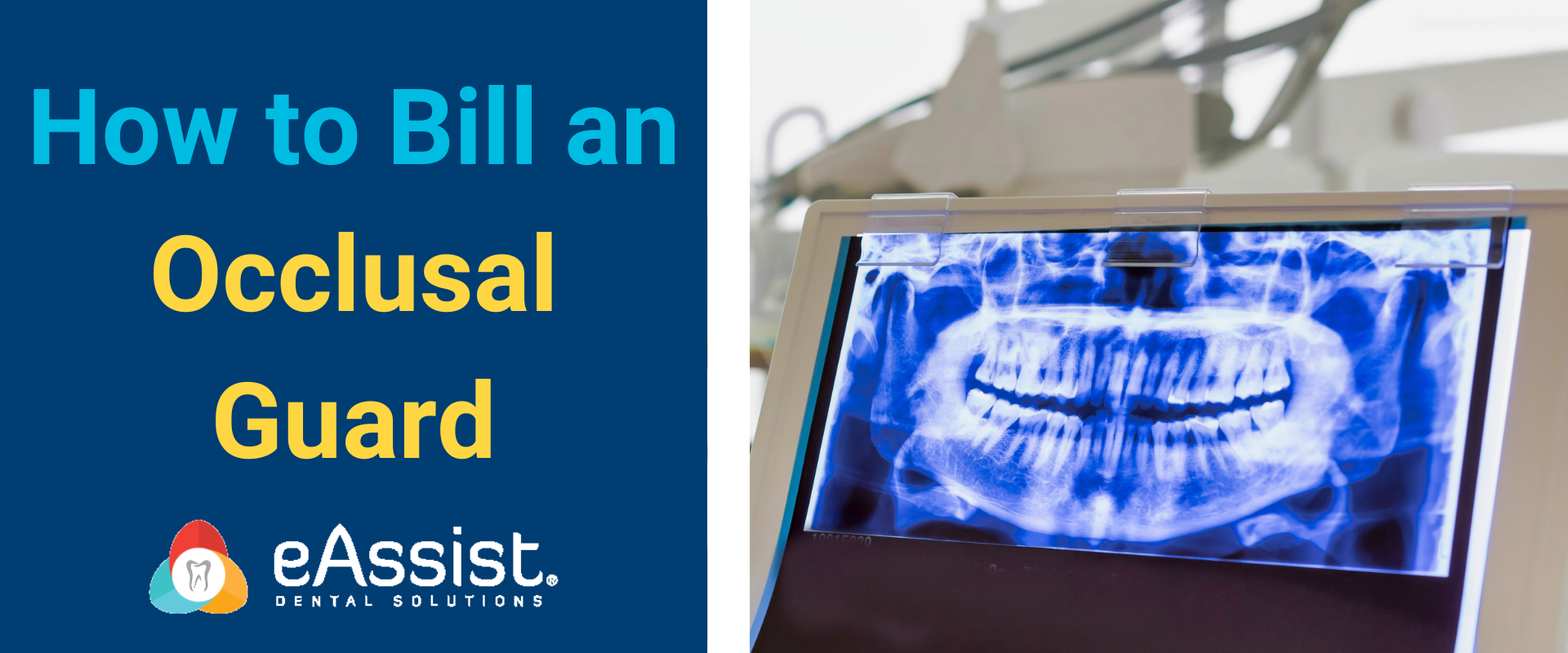Dental insurance is complicated and regulated. Dental billers collect patient payments and process health insurance claims for dental clinics. Dental billers must verify patient insurance coverage and submit all necessary documentation to receive accurate and timely insurance reimbursement.
This guide covers dental insurance claims processing basics like insurance coverage verification, prior authorization, and supporting documentation.
Dental claims and billing are complex. Simple mistakes can cause denials and cash flow interruptions. Fixing and submitting claims is costly and time-consuming. Avoid common dental billing errors when working with an experienced dental billing company to submit claims quickly.
Common Causes of Dental Insurance Claim Rejection
Incorrect/incomplete patient demographics:
Dental insurance billing requires clean data. Minor insurance claim errors can be costly.
Inaccurate information that can return a claim includes:
- Incorrect patient information (sex, name, birthdate, Social Security number)
- Incorrect provider data (name, address, contact info)
- Incorrect policy number, address, etc.
Verify dental eligibility before each patient visit to avoid data entry errors. Collect and verify patient information upfront and update any changes like home address, employment status, or contact number. Insurance company, member ID, and DOB.
Not verifying insurance eligibility and coverage before services:
This can be a costly mistake. Check for:
- Active coverage—check whether the patient will have insurance on the date of service,
which procedures are covered, and how much each procedure is covered. - Benefit choice copays and coinsurance
- Predetermination-Crowns and bridges may require predetermination before completion.
Check insurance maximum, deductibles, and calendar year balance. To quickly understand their service obligation, accurately calculate out-of-pocket expenses. Unable-to-pay patients have options.
Verifying insurance benefits improves patient experience and supports claim submission. The American Dental Association (ADA) recommends predetermining complex and expensive procedures as close to the appointment date as possible.
Coding errors:
Errors in coding can cause delays in payment, lead to the denial of claims, and even result in charges of fraud. In order to be reimbursed, practices are required to submit claims using the appropriate CDT and ICD-10 codes. Missed diagnosis codes are common. Experts will bill every dental procedure using the latest CDT and ICD-10 codes. They will also check for duplicate billing and other denial-causing errors. Avoid upcoding, downcoding, and overbilling.
Using an expert to avoid coding errors is best. Certified dental billing coders keep up with CDT and ICD-10 codes. Experts will bill every dental procedure using the latest CDT and ICD-10 codes. They will also look for errors like duplicate billing that can lead to denials.
Mishandling bundling:
The American Dental Association (ADA) provides the following definition of “bundling”: “The systematic combining of distinct dental procedures by third-party payers that results in a reduced benefit for the patient/beneficiary.” When a customer does not pay for each service individually, they are considered to be a third-party payer. A full mouth radiographic examination (FMX) may include a panoramic radiograph and bitewings. The full mouth series is only partially covered by insurance.
The dental practice loses money when the payer improperly bundles procedures billed separately on the claim or due to contract provisions without explanation.
Bundling improperly reduces patient benefits
Checking claims against EOB forms prevents bundling and ensures correct reimbursements.
Check EOBs for coding changes and non-contractual reimbursements. Dental practices can ask their billing company to contact payers directly to resolve coding issues.
Not filing claims on time:
Claims should be filed immediately after services are rendered to ensure prompt payment. PPO plans require claims to be filed within one year of service, while some plans have a 90-day filing period. Most appeals are denied due to late filing.Know payer rules for timely claim submission.
Cigna’s requirements:
- 90 days after a participating healthcare provider's service.
- 180 days after out-of-network service.
Not knowing when to file a medical claim:
Providers should also know when to file a medical claim instead of a dental claim and when to file a dental claim as secondary insurance. Medical insurance should be used for oral surgery, trauma, and biopsies to check for diseases in teeth, gums, and the mouth. Medical insurance covers anesthetic procedures. Medical insurance pays first, but dental insurance may pay second if you cross code. Knowing the rules helps practices avoid denials and get paid for all services.
Claiming without proof:
Attach accurate documentation to the claim form. Narratives help explain complex or lengthy treatment. Documentation proves medical necessity and justifies the procedure. X-rays, photos, and clinical notes are documentation.
Steps for Faster Dental Insurance Claims Processing
Efficient dental insurance claims processing is crucial for dental practices to maintain a steady cash flow and provide excellent patient care. By following the right steps and implementing best practices, dental professionals can expedite claim submissions, minimize rejections, and ensure timely reimbursements. Here are some steps for faster dental insurance claims processing:
Verify eligibility ahead of time
Dental insurance claims must be verified. It ensures:
- Claim accuracy
- Helps patients understand dental insurance and financial obligations
- Pays dental clinic for service.
- Avoids payment delays.
- Prevents claim denials
Patient insurance coverage is verified by collecting insurance company, policy, and group numbers. After collecting insurance information, a dental practice contacts the insurance company to verify coverage, eligibility, and pre-existing condition clauses.
Prior Authorizations
Dental clinics determine coverage through pre-authorization. Dental billers ask insurance companies about patient reimbursement and co-pay amounts in pre-authorization. Patients can plan payments after learning their co-pay. Co-payment refusal or inability can result in insurance claims being denied.
Dental billers must include perio charts, X-rays, treatment plans, and other supporting documents when requesting pre-authorization. Complex or expensive treatments require this.
Comprehensive Treatment Documentation
Accurate treatment documentation helps many dental insurance claims. Documents strengthen the claim and speed processing. A claim should also include diagnosis codes (CDT codes), treatment notes, and radiographs.
E-Claim Submission
Dental clinics submit dental insurance claims electronically using claim forms and software.
Electronic claim forms use ADA Dental Claim Form formats. Dental insurance claims require this patient information. Its user-friendly interface simplifies dental practice management.
Advanced technology, real-time validation, and standardized coding make electronic claim submission faster and more efficient. Electronically transmitting claim forms saves dental practices and patients money. This system lets dental clinics receive insurance company Electronic Remittance Advice (ERA) quickly. Paper-based claim submissions are costly, slow, and error-prone.
Clean Claim Submission
Error-ridden submissions will likely be rejected or delayed. Clean claims have properly coded procedures, accurate patient demographics, relevant treatment documents, and timely submissions.
Dental billers should include claim-specific details with initial claim submissions. This improves the claim’s first-time acceptance.
Properly Coded Procedures
Current medical codes avoid delayed reimbursements and claim denials. Dental billers use the ADA’s biannual Current Dental Terminology (CDT) codes to file claims. Medical billers must code dental services and procedures for insurance companies.
Some of the reasons why using properly coded procedures results in quick reimbursements are:
- Guarantees claim accuracy
- Maintains billing
- Guarantees insurance company policy compliance
- Simplifies everything
- Facilitates dental practice-insurance company communication
Dental billers must remember bundling and unbundling rules so patients can easily understand the service. These rules determine whether certain dental procedures should be bundled or unbundled. Insurance companies have different policies, so bundling and unbundling rules vary.
Learn About the Benefits of Coordination
Multiple dental plans may benefit a patient. Insurance companies will coordinate benefits to avoid duplication. If a patient has multiple insurance plans, the primary plan pays first. The secondary plan covers eligible expenses after the primary plan reaches its limits and benefits.
Dental billers help determine primary and secondary insurance coverage limits. Dental billers struggle to settle accounts for patients with multiple coverage plans. Dental offices must be aware of COB rules and work with insurance companies and payers to improve benefits coordination. Some states regulate benefit plan coordination.
Claims adjudication
If the claim is accurate, an insurance company adjudicates it. An Explanation of Benefits (EOB) will also list verified procedures and patient co-payments. If the submission was inaccurate or the service didn’t match the procedure codes, an insurance company may deny or reduce the provider’s payment.
Dental billers collect patient co-payments after reimbursement. Dental billers must develop effective collection strategies to ensure patients pay their balances.
Review claims processing procedures regularly
General advice is good, but practice-specific advice speeds up claims processing. Do you know where your practice’s claims process hurts? What delays or denies your claims most often? You can fix existing issues and prevent new ones by regularly reviewing your internal processes and looking for ways to improve.
Include all relevant information
Dental insurance claims often require additional documentation. X-Rays, charts, and narratives explaining treatment needs can be included. Including everything the insurance company may request in the initial claim reduces back-and-forth and speeds payment. X-Rays and other information submitted in the wrong size or format may delay or deny dental insurance coverage.
Who is Medcare MSO?
Medcare MSO is a leading medical billing company that specializes in providing comprehensive billing services for various healthcare specialties, including cardiology, ASC (Ambulatory Surgery Center), and pain management. With expertise in billing for over 40 specialties, Medcare MSO offers tailored solutions to healthcare providers seeking efficient and accurate revenue management.
In the field of cardiology, Medcare MSO has provided cardiology medical billing services and understands the unique billing requirements and coding complexities involved. They ensure that cardiology practices receive optimal reimbursement by adhering to industry guidelines, accurately documenting procedures, and navigating the intricacies of insurance reimbursement.
Author Bio

Isaac is a highly accomplished healthcare professional with over 13 years of experience in healthcare administration, medical billing and coding, and compliance. He holds several AAPC specialty certifications and has a bachelor’s degree in Health Administration. He worked previously at a large multi-physician family care and occupational health practice with two locations in northwestern PA and now works for Medcare MSO in the ICD-10 Editorial department to write articles about ASC medical billing services. He enjoys sharing his knowledge and experience as a certified PMCC instructor. He has authored many articles for healthcare publications and has been a featured speaker at workshops and coding conferences across the country.
eAssist can help with your insurance claim processing.
Fill out the form below to request a complimentary consultation.






Netiece L Brooks
Your comment is awaiting moderation.